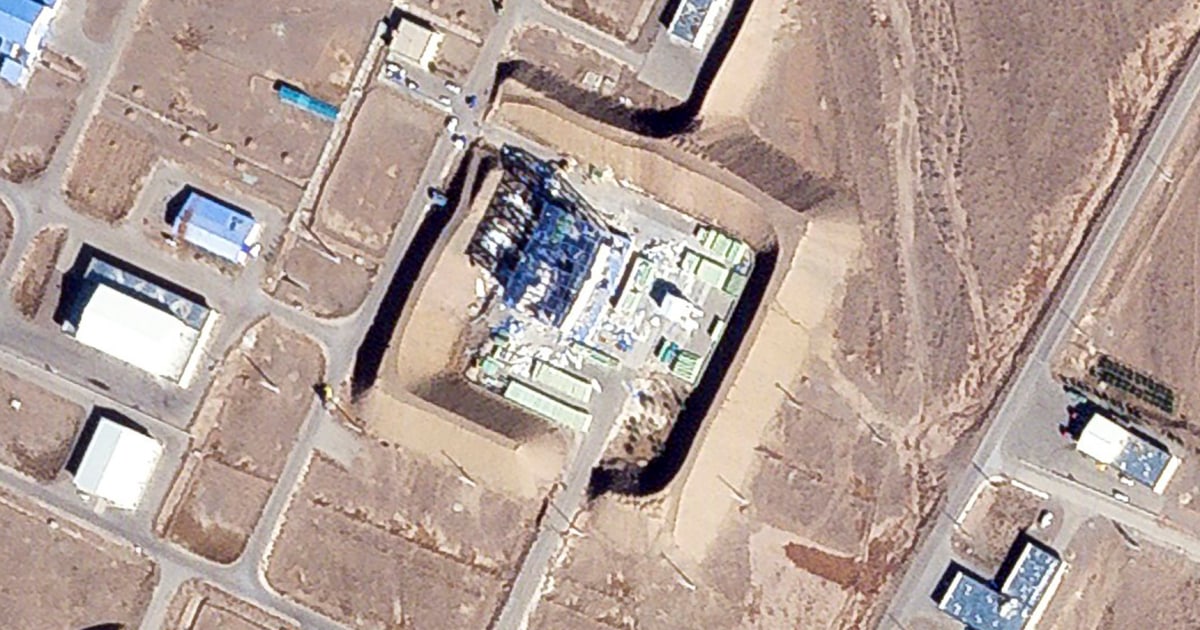
Satellite imagery suggests that Israeli’s attack on Iran appears to have damaged a key element of Tehran’s ballistic missile production and air defense sites, potentially leaving it exposed to any future attacks, military analysts told NBC News.
It remains unclear exactly how many sites were targeted, but analysts said the satellite images from Planet Labs suggest that the strikes on Saturday appear to have hit Khojir, a sprawling missile site near Tehran, and Parchin, a massive military base that was part of Iran’s defunct nuclear program.
Israel‘s attack appears to have been more limited than some had expected.
The rare direct attack — a response to Tehran’s Oct. 1 barrage of more than 200 ballistic missiles — followed intense U.S. diplomacy to try to contain a hostile exchange between the two powers that has stoked fears of an all-out war.
“We hit hard Iran’s defense capabilities and its ability to produce missiles that are aimed at us,” Israeli Prime Minister Benjamin Netanyahu said in a speech, adding that the attack had met all objectives.
Iran’s supreme leader, Ayatollah Ali Khamenei, said the attack “should neither be downplayed nor exaggerated,” with any possible response from Tehran still a subject of speculation.
Israel appears to have targeted Iran’s missile production process instead of storage sites — thereby making it harder for Tehran to add to an already dwindling supply of missiles.
It hit buildings where specialized fuel mixers produce propellent for ballistic missiles by mixing various chemicals, said Fabian Hinz, a research fellow for defense and military analysis at the International Institute for Strategic Studies, a London-based think tank. That’s an easier, and more effective, target than missiles themselves.
“It was a very smart attack, targeting all the sensitive sites,” Hinz said in an interview.
“The missiles are dispersed all over the country, some of them are deep inside Iran and deep underground. Attacking them would be very difficult,” he said. “But when you hit the missile production facilities, you can’t produce them anymore.”






